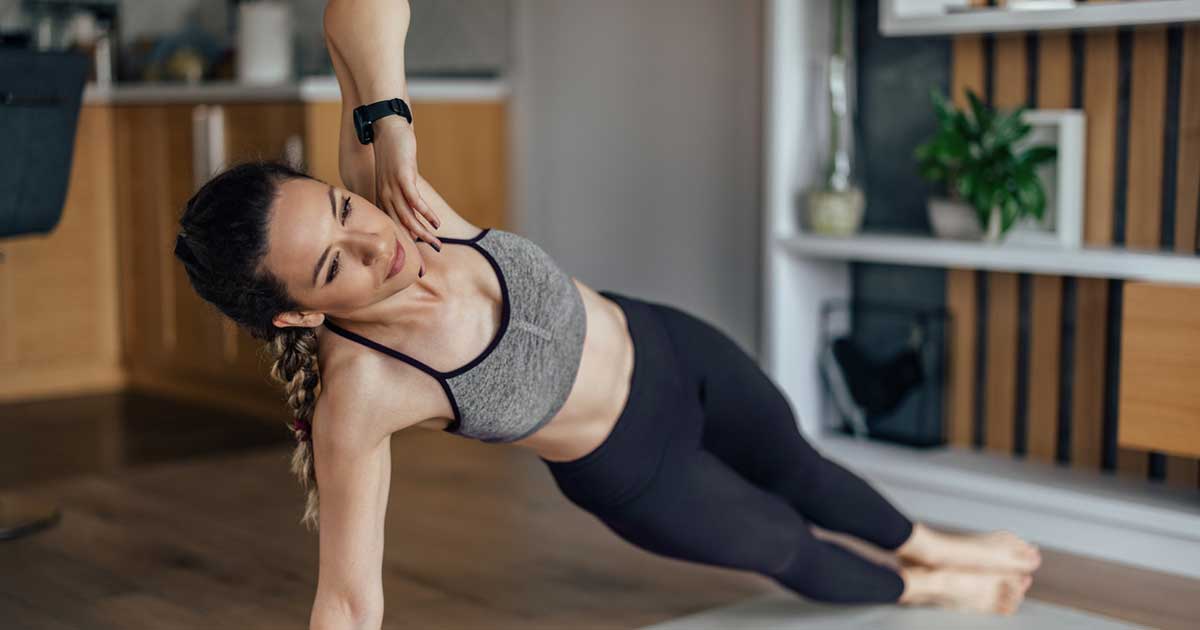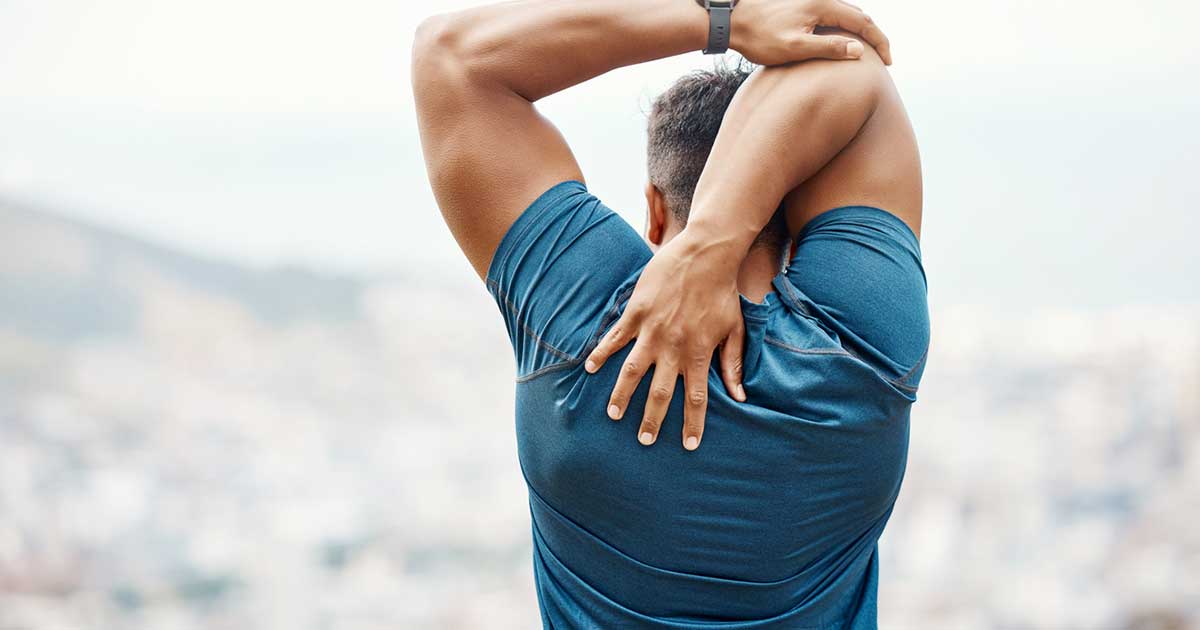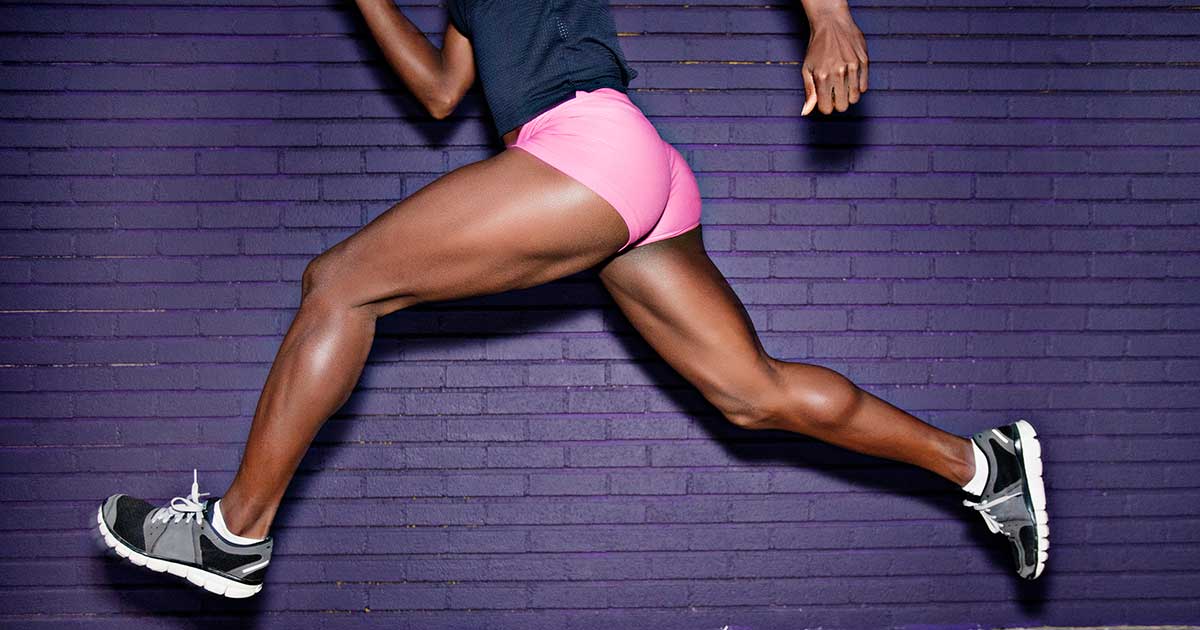
Advice to improve your movement, fitness, and overall health from the #1 in orthopedics in the U.S.
Shoulder Muscle Anatomy: How to Strengthen and Avoid Injury
This guide to your shoulder muscles highlights all the minor and major muscles and how they work together.
Advice to improve your movement, fitness, and overall health from the #1 in orthopedics in the U.S.

“Anything you do with your arms has some shoulder muscles working to help you support it in some way,” says HSS physical therapist Jack Fant, DPT, of HSS Sports Rehabilitation and Performance West Side. “It’s playing sports, exercising, interacting with loved ones and family. So much of what it means to be human, to be a bipedal upright mammal, is afforded to us because we can do so much with our upper body.”
The muscles of the shoulders
Skeletal muscles—those attached to your bones by tendons—make up about a third of the human body. They are voluntary muscles (we control how they work) and perform a range of functions and movements throughout the body. (This makes them distinct from smooth muscles, which are involuntary, and cardiac muscles, which are specific to the heart.) There are some 650 skeletal muscles given Latin names according to their location, size and shape and action. The serratus anterior, for instance, is a shoulder muscle that appears serrated (jagged) and sits at the front of the body.
“The shoulder has a unique architecture, including an intricate muscular anatomy,” Fant says. “Each individual muscle, while not as big as the muscles of the lower body, plays a large part in the overall function of a healthy, working shoulder.”
The main skeletal muscles of the shoulders are:
- Rotator cuff: The rotator cuff is a group of four muscles—the supraspinatus, infraspinatus, teres minor and subscapularis—that work together to provide stability for the humeral head, which is the top of the upper arm bone. They keep the shoulder in its socket. The rotator cuff muscles also play a role in lifting and rotating the arm. Rotator cuff injuries, especially dislocations, are common.
- Deltoids: The deltoid muscles sit on top of the rotator cuff muscles on the front, side and back of each shoulder. Larger and more powerful than the rotator cuff muscles, the deltoids are the shoulder’s prime movers, allowing us to lift our arms.
- Scapular muscles: The scapular muscles, including rhomboids (major and minor), trapezius, levator scapulae and serratus anterior, sit on or around the shoulder blade and assist in rotating the bone. Like the rotator cuff, the scapular muscles are key to shoulder stability, so keeping these muscles in shape can help reduce injury risk.
Avoiding injuries to the shoulders
When a muscle is overused—whether by too much repetitive movement or too much force or resistance—it’s prone to straining. Muscles are made up of fibers that can get stretched or torn. A muscle strain, or a pulled muscle, is categorized by how much the muscle stretches or tears. The three grades of muscle strains are:
- Grade 1 (mild)—A small number of muscle fibers have torn, causing shoulder pain and tenderness the day after exercise.
- Grade 2 (moderate)—About half of the muscle fibers are torn, causing significant pain and swelling with weakness after activity.
- Grade 3 (severe)—The complete rupture of the muscle, causing severe pain and swelling with complete loss of strength.
Overuse injuries of the shoulder muscles are common, especially among athletes whose sport requires repetitive overhead motions such as baseball or swimming. These injuries include shoulder bursitis (inflammation of fluid-filled sacs in shoulder joint), frozen shoulder (stiffness in the shoulder joint) and rotator cuff strains.
When to see a doctor for a muscle strain
You can treat a mild muscle strain at home. If you feel or hear a severe popping sensation when the muscle strain occurs, that's a sign you should see a doctor. Contact your doctor if you have significant pain or do not see improvement in your muscle strain after 2 to 3 weeks.
How to keep your shoulder muscles stretched and strong
If you don’t currently do any exercise, start by working your way up to the American Heart Association’s recommended 150 minutes of moderate-intensity cardiovascular exercise each week, Fant says. “Meeting that baseline is going to improve your tissue quality in general and allow you to be more resilient to the tasks that might cause injury at some point.”
Then, Fant says, you can add a resistance training routine using resistance bands. Start with the lightest-tension band. Once 10 to 15 repetitions begin to feel easy, swap out for a band with more resistance. Try these simple at-home exercises to increase shoulder flexibility and strength:
- Shoulder extension: Secure the center of a resistance band overhead (for instance, by closing it in the top of a doorframe) and take the two ends of the band in your hands. Pull the two sides of the band down and back to work the muscles around your shoulder blades. Hold for a few seconds and repeat for up to 15 reps or until you feel a burn in your muscles.
- Shoulder row: Secure the resistance band at about waist level (for instance, by closing it in a doorframe near the handle) and take the two ends of the band in your hands. Pull the two sides of the band toward and behind your body in a rowing motion that brings your shoulder blades together. Hold for a few seconds and repeat for up to 15 reps or until you feel a burn in your muscles.
- External rotation: With the resistance band secured at waist level, turn your body so your left side is facing the band. Use your right hand to pull the band across your body, either straight across or diagonally up or down. Repeat on the other side.
Soreness, but not pain, is expected when beginning a new exercise routine, Fant says. As the exercises become easier, you can adjust the length of the holds, the resistance of the bands or the number of repetitions to increase intensity. Just make sure you’re able to maintain proper form to ensure you stay safe and avoid muscle strain.
Published 3/19/2024


